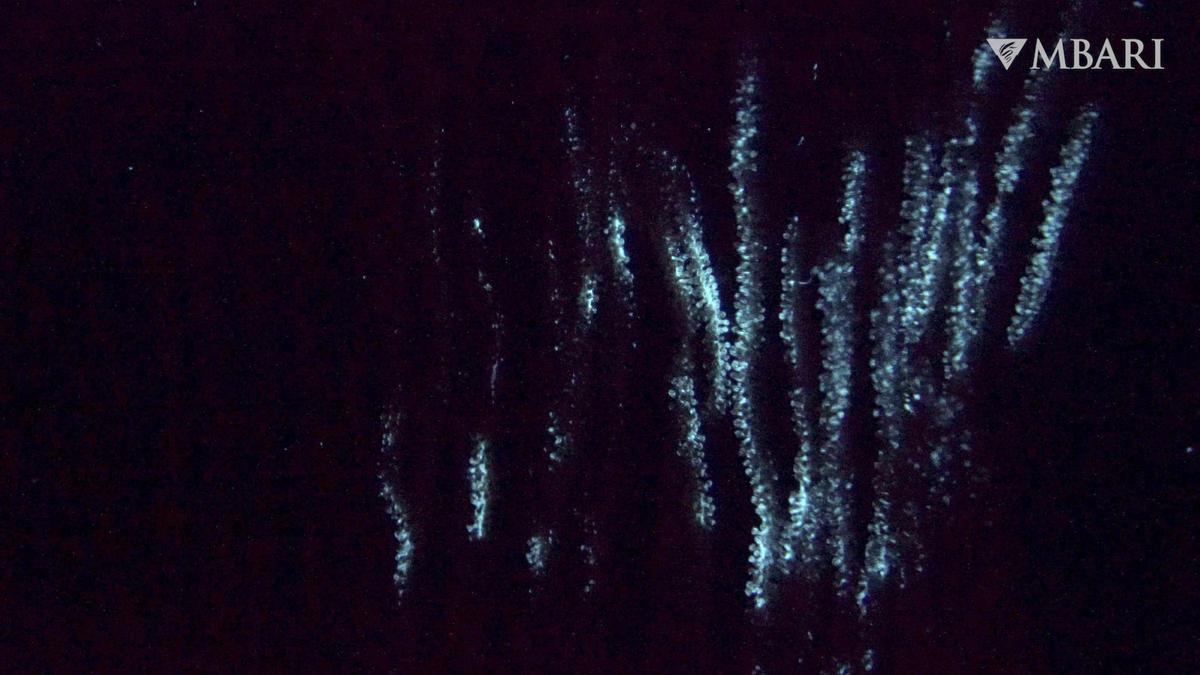Bioluminescence is a fascinating natural phenomenon that involves the production of visible light by living organisms through a chemical reaction. This unique feature has captured the curiosity of scientists and researchers around the world. One such mesmerizing example of bioluminescence is depicted in an image captured by the Monterey Bay Aquarium Research Institute, showcasing the shaggy bamboo coral Isidella tentaculum emitting light in the ocean.
To understand bioluminescence, it is essential to know the two key chemicals involved in this process: luciferin and luciferase. These chemicals are responsible for the luminescent properties exhibited by certain organisms. Scientists believe that bioluminescence serves various purposes, such as attracting mates, deterring predators, and even communicating with other members of the species.
One intriguing aspect of bioluminescence is counterillumination, where certain marine animals use light to blend in with their environment. By having photophores concentrated on the underside of their bodies, these organisms can appear less visible to predators viewing them from below. This form of camouflage helps them navigate the dark depths of the ocean and evade potential threats.
While blue-green bioluminescence is the most common color emitted by marine organisms, there are rare instances of animals emitting red or even yellow light. These unique adaptations shed light on the diverse ways in which living beings have evolved to thrive in their environments. Through ongoing research and exploration, scientists aim to unravel the mysteries of bioluminescence and uncover its significance in the natural world.
